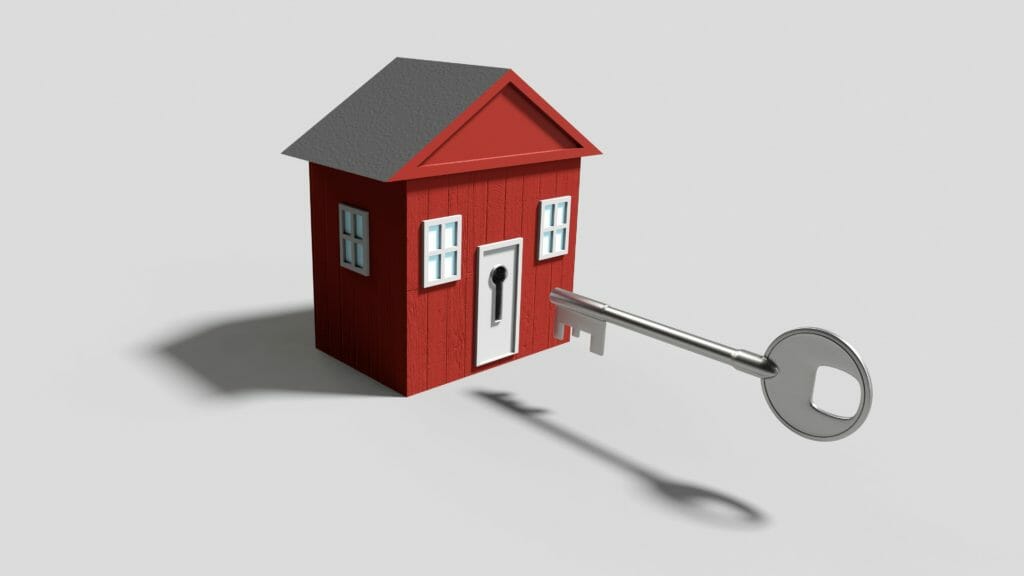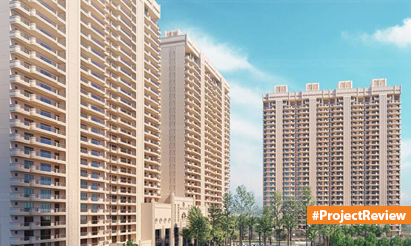How to choose the perfect payment plan in real estate?
Buying your dream home is one of the biggest achievements for any individual. When a buyer decides to purchase a property, the first thing that comes to his/her mind is the EMI and hefty down payment he needs to make at the time of booking.

Due to the technological advancement in the real estate sector, developers have now come up with some attractive payment plans to reduce the payment pressure on buyers. The implementation of GST and RERA has brought many changes in the real estate market. This attracted many buyers to invest in properties and also opened doors for developers to lure their buyers by putting forth new payment strategies. Here are various payment plans that encourage buyers to invest:
Subvention Plan
There are many payment schemes offered by builder to lure customers to buy property. Subvention scheme is one of the lucrative schemes which very few builders offer to their buyers. This scheme offloads the burden of EMI and rent at a time for home buyers who are living in a rented home. Under this payment scheme, usually builder pays EMI on behalf of buyer till the time of possession.
There are few modifications in this scheme like the builder pays EMI for a defined period of time. This type of subvention scheme does not rely on the possession date. Another type is where builder-buyer share the burden of EMI’s equally.
Pros
The plan suits best for people who stay on rent as they have a lot of time to acquire money. So the best thing about this plan is that the buyer does not have to pay the EMI till a fixed period of time. Since the buyer has taken a bank loan, he/she will be secured in a sense.
Cons
The only disadvantage in the subvention plan is that if the developer breaks the payment of interest, the CIBIL of the customer is highly affected.
Down Payment Plan
A buyer has to make a 10-15 percent of the property value at the time of booking, the remaining 80-90 percent has to be paid within the given time frame by the developer that is usually 45 to 60 days. The other amount that does not include in the cost of your property is the stamp duty and registration charges that is about 5 percent of the property value, then there is property tax, maintenance charges of the amenities provided by the developer. In this plan the EMI will commence from the time of booking.
Pros
If you opt for the down payment plan you can get a good discount on the total price of the property as you are immediately making the payment to the developer. No other plan can get you a discount of about 8 to 10 percent.
Cons
This happens quite rarely in a down payment plan. Usually, down payment plan turns to be a costly plan for buyers if the developer delays in giving the possession of the property. Investors have to face various risks, at times the project also gets stranded, in this case recovering from the developer proves to be a tedious task for many.
Construction Linked Plan
Construction linked plan also commonly referred to as a possession linked plan is where a buyer is supposed to pay 10—15 percent of the amount upfront at the time of the booking and the remaining amount is linked to construction plan as and when each floor is completed. And unlike the down payment plan, the buyer is deprived of any discount.
Pros
Since this plan is entirely dependent on the construction process, the buyer is at the least risk of losing money as the payment to the developer doesn’t go in one go but is based on timed payment as and when each slab is completed.
Cons
In the construction linked plan, the buyer ends up paying more in terms of interest payable to the bank. Until the buyer gets the possession he/she is liable to pay the interest amount to the bank and the payment of the principal amount only begins once the buyer gets the possession. And so the buyer ends up paying more than what’ actually the price of the property is.
Time linked plan
This plan is not popular these days but there are a few developers who offer this plan to buyers. According to it, the buyer is required to pay the installments as per the timetable set by the developer. Some developers offer 8-10 percent discount on the basic cost.
Pros
This plan hardly gives any time for a buyer to arrange for funds and so they are not preferred by many buyers. There is no surety that the construction will go in the right direction and with the right speed.
Cons
According to this plan, the buyer will have to pay the installments even if there is a delay in the construction. The only safe thing about this plan is that you don’t pay the amount upfront like the down payment plan.
Flexi Payment Plan
This plan is a combination of down payment plan and construction linked plan. This plan requires a buyer to pay 50 percent of the total amount of the property by the time the construction begins. The flexi payment plan is usually offered by developers who make new launches. The remaining amount is paid as the construction takes place.
Pros
In this plan, the buyer almost makes half the payment upfront and so he gets a good discount from the developer on the property purchased.
Cons
This plan is highly risky for the buyer as it is difficult to recover money if the projects get abandoned after booking, this happens in the case of new launches. In flexi payment, you have to pay interest on 50 percent amount while in construction linked plan only 35 percent interest will be charged.
Every scheme comes with its pros and cons, choose the one which suits you the best.
Disclaimer: The views expressed above are for informational purposes only based on industry reports and related news stories. Propertypistol does not guarantee the accuracy, completeness, or reliability of the information and shall not be held responsible for any action taken based on the published information.





I’m not sure where you’re getting your info, but good topic.
I needs to spend some time learning more or understanding more.
Thanks for magnificent info I was looking for this information for my mission.